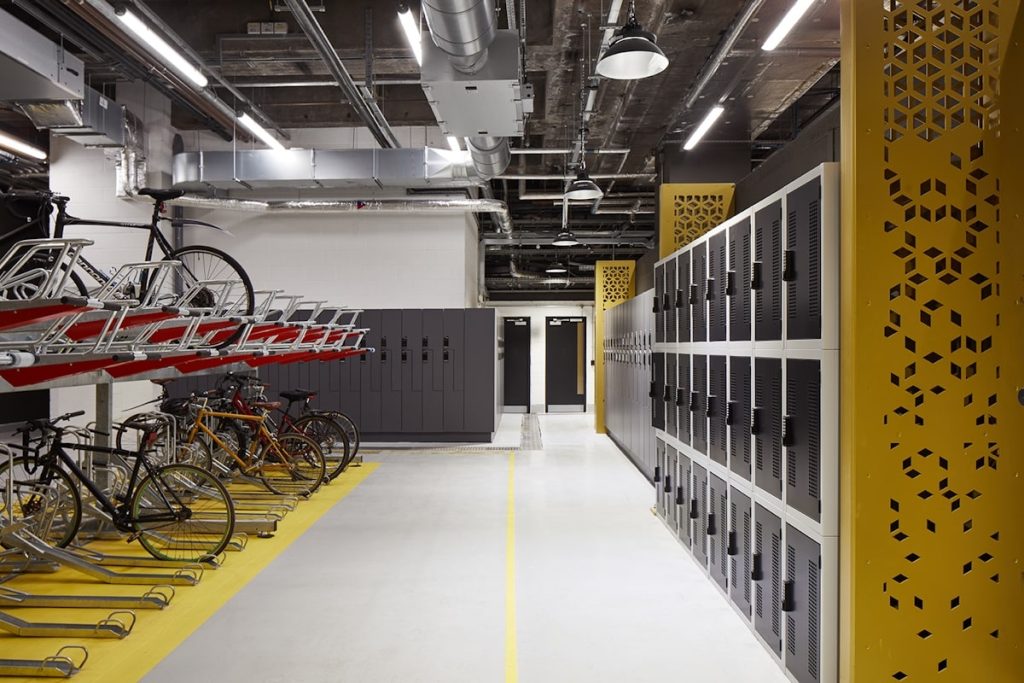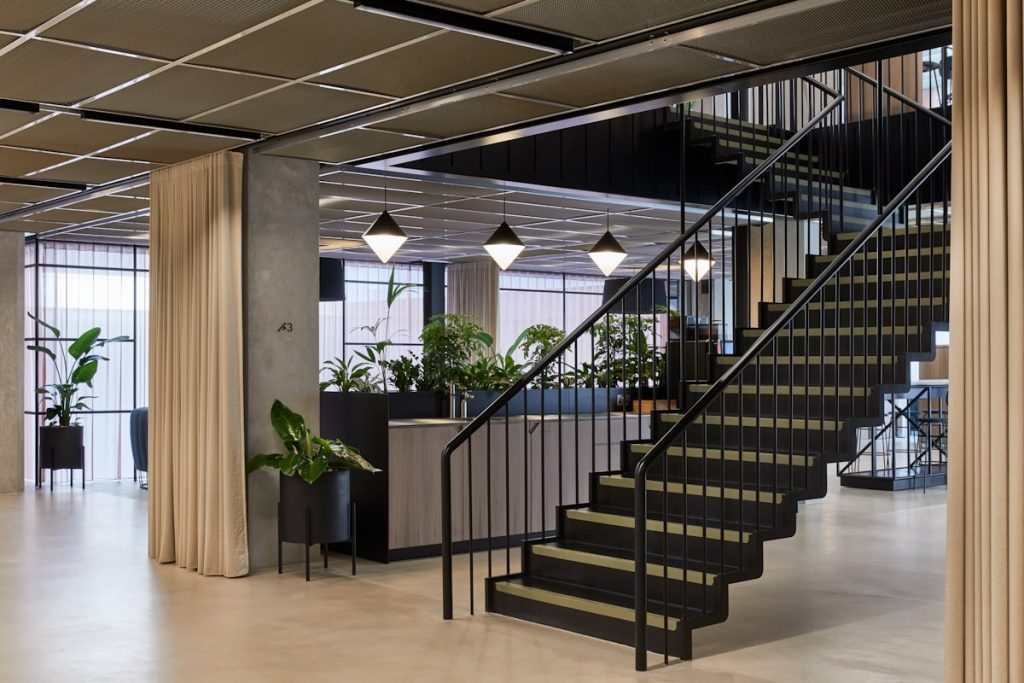For businesses of all sizes, building a sustainable workplace acts as a logical, effective solution to environmental issues. But what does a sustainable office look like? If you’re a business owner looking to enhance the sustainability of your office or building, read on.
Sustainability is no longer an optional extra when it comes to office space. For many businesses and their employees, it is essential. Around 30% of the energy produced in the UK ends up being wasted, and a large portion of this wastage is due to business use.
In recent years, sustainability has been brought to the forefront of the public’s mind as more and more people understand the importance of protecting the planet.
How to make the workplace more sustainable
A combination of resources, research, and employee culture are all needed to build and maintain a truly sustainable workplace
1. Use greener energy practices
Switching to greener energy is one of the most effective ways to make a workplace more sustainable. However, large-scale action such as switching energy providers is only effective when twinned with smaller actions such as:
- Reminding employees to switch off lights and appliances when they are not being used.
- Using energy-efficient light bulbs in office lighting systems.
- Alternatively, relying on natural light and air sources as much as possible. In another of our blogs, we’ve written extensively about the multiple benefits of fresh air in an office — and environmental friendliness is just one of them.
- Making sure heating and cooling mechanisms don’t cancel each other out. For example, having the radiators on full for heat right underneath open windows for ventilation.
- Investing in insulation to keep heat in in the winter.
2. Consider supply chains
Sustainability isn’t just about carbon neutrality and net zero emissions. It also involves ethical factors and supply chains. If the materials and products you use in your office are from companies that do not prioritise things such as worker’s rights, fossil fuel investment, and responsible waste management, then you might want to reconsider them as suppliers.
The Ethical Consumer Magazine helpfully rates companies with an ‘ethiscore’ based on their ethical and environmental commitments. In your office space, you can easily make the switch from unethical suppliers to more socially and environmentally friendly ones in even the smallest of areas. For example:
- Soundproofing materials for office acoustics can be sourced sustainably.
- Cleaning supplies in the office (for example washing up liquid, sponges, and clothes) can also be sourced sustainably.
- As can materials such as hand soap, tissues, toilet paper, wipes, and stationary resources.
- For the teapoints, common products such as coffee can be bought from sustainable suppliers such as Change Please.
3. Consider company culture
A workspace can be as sustainable as possible, but if the employees who use it are not proactive, it can seem futile. It is important to develop a culture of sustainability in the office to have the most impact. This culture can look like:
- Making sure that any food waste in the office is disposed of correctly.
- Avoiding single-use plastics where possible and relying on reusable items instead.
- Trying to go paperless as much as possible, and recycling paper when it is used.
- Implementing a comprehensive and easy recycling system in the workplace for employees to use at their convenience.
- Funding a cycle-to-work scheme to make low-carbon-emission commuting more accessible to your workforce.
- Providing educational content for employees (like this blog) on the importance of sustainability at work.

What are the benefits of a sustainable workplace?
There are numerous advantages that come with a sustainable workplace — and not just for the environment. Employees, business owners, and customers can all take positive things away from a workplace that is sustainable in nature.
A. Reduced carbon footprint
To start simply, practising sustainability in the workplace reduces the impact of your business on the environment in terms of emissions.
Since 1990, the level of carbon dioxide emissions from the UK’s business sector has decreased a lot, but it is still sitting at 61. 5 million tonnes per annum and there is still a lot to be done by businesses to reduce this figure.
B. Reduced running costs
A secondary outcome of increased sustainability in the workplace is also increased efficiency. In most cases, by making workplace equipment, facilities, and practises more sustainable, businesses actually end up saving money. For example:
- Investing in efficient lighting systems reduces overall energy consumption, lowering costs significantly.
- Trying out insulation and energy efficiency solutions can help reduce heating bills in winter.
- Experimenting with renewable energy solutions can also help cut back on power spending year-round.
C. Improved public perception
According to a recent study by Smart Pension, consumers are now up to 58% more likely to purchase from a business if it cares about the environment. What’s more, consumers have revealed they are willing to pay an average of 20% more for products and services that take the planet into account.
By making your workspace (and processes) sustainable, you are investing into your business’s public image for the better.
D. Improved company culture
A greener workspace is often a happier one. We’ve written elsewhere about the positive impact of greenery in the workplace on employee mood, and it’s true. A workplace that prioritises the environment and eco-friendly practices such as recycling is generally a more productive one with higher rates of staff satisfaction and retention.

Enjoy sustainable workspaces with Myo
Here at Myo, we pride ourselves on creating sustainable, shared office spaces based in the heart of vibrant business communities in London. The workspaces we create are filled with carefully-chosen materials and equipment designed to bring joy and enhance productivity.
If you are interested in working in one of our Landsec-owned buildings, at either Victoria Street or Liverpool Street, book a tour today. Or, for any other questions about our offices, get in touch with our friendly team of experts.






